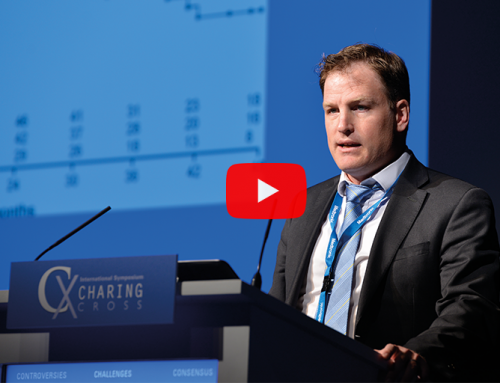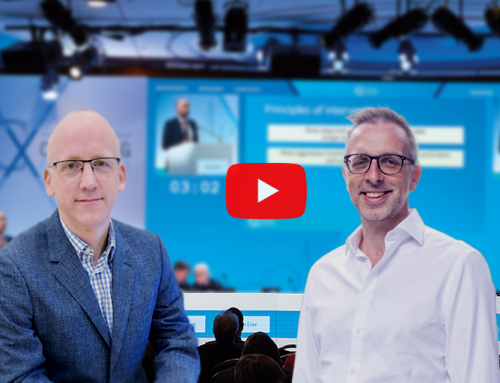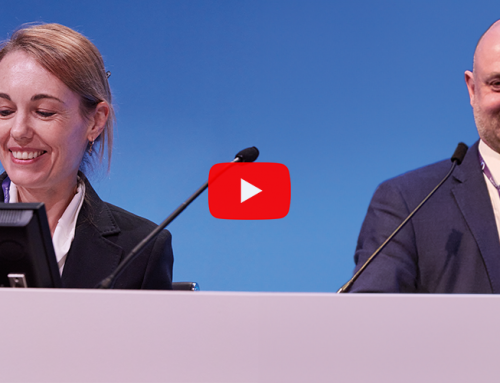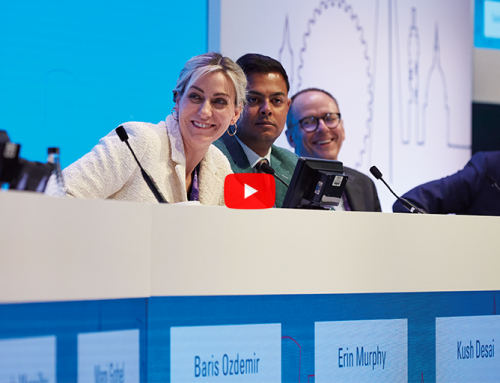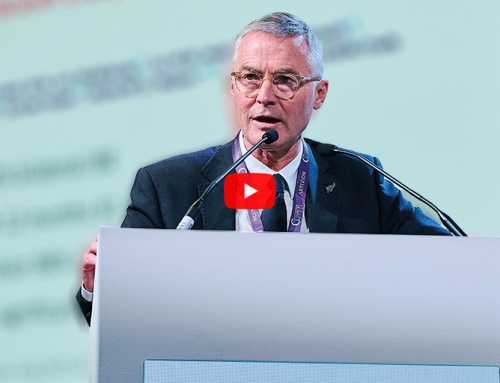CX 2024: An outstanding faculty will tee up timely debates to enhance vascular education
Dittmar Böckler (Heidelberg, Germany), one of co-chairs of CX 2024, rings the CX bell, and calls out the fascinating programme lined up for attendees from 23–25 April at the ExCeL centre in London, United Kingdom.
“My favourites, of course, are the Great Debates, especially in the aortic domain,” he says, picking those that catch his eye to predict what will mobilise the CX aortic community.
“The most challenging thing in daily practice is to choose the right modality for the individual patient”
A controversial and polarising topic is related to the argument for centralisation of aortic care based on the strong relationship between volume and outcome in open surgery. This is less obvious with endovascular approaches due to the lower postoperative complication rates, Böckler explains, adding “there’s a big movement towards endovascular treatment of complex aneurysms and very few people now treat these via open surgery.
“In my mind, physicians need to offer a complementary armamentarium in a centre of excellence to treat patients with complex aneurysms and to offer individualised decision-making,” he concludes.
The first motion is “Volume-outcome relationship of abdominal aortic aneurysm (AAA) repair calls for a combined recommendation of endovascular aneurysm repair (EVAR) and open repair hospital volumes”. And, the other, “Best medical treatment remains the standard for uncomplicated acute type B aortic dissection.”
Böckler notes that while best medical treatment is the recommended approach for uncomplicated acute type B dissection, many surgeons treat patients more “liberally” with TEVAR as they see good outcomes and better remodelling. But there’s a dearth of long-term outcome data and high-quality evidence. “With three randomised controlled trials underway, I think this is going to be a very important topic to discuss because we still don’t know which patients should be treated conservatively and which ones should receive TEVAR.”
A third aortic debate seeks to establish whether the best treatment for most juxtarenal AAA is fenestrated endovascular aneurysm repair (FEVAR), endosuture aneurysm repair (ESAR) or open repair.
To offer these treatment choices, you need expert teams, a whole range of equipment, a high-volume practice, “so in my mind, I think it’s wrong to go one way,” asserts Böckler.
Add your voice and cast your vote to these Great Debates!
View all great debates in the full CX 2024 programme.



